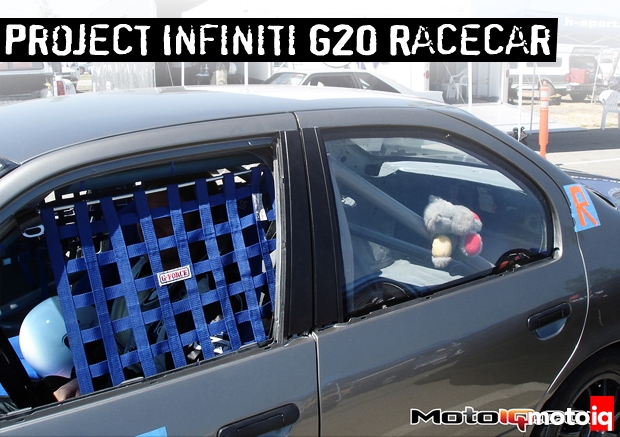 |
| Keeping the kiddies safe! |
Project Infiniti G20 Racecar
by Martin Gonzales and Steve Rockwood
Check out the rest of our Project Infiniti G20 Racecar build click here!
Accidents, the downers of all motor sport related activities, and reminders that things don't always go as planned. Though spinning out of control or taking Dukes of Hazard jumps are not part of anyone's dreams of racing glory, it doesn't mean shit has to happen before preparing for the worst. Luckily, for those of us not inclined to think ahead, NASA will require us to install a roll cage before we can compete. In this installment of Project G20 Racecar we will cover what is by far the most important part of our racecar's safety equipment: the roll cage. We will be covering everything from cage materials to appropriate roll-bar padding.
 |
| Do we really need a caption for this? |
A roll cage's primary function is crash protection. Whether rolling over, flipping end over end or crashing into stationary objects or other cars, the roll-cage is what keeps the car from crumpling and crushing your soft squishy body. In case that's not reason enough , it will also do wonders for the structural rigidity of your vehicle. A flexible chassis will squirm and not allow the suspension to perform at its full potential, making it harder to predict the suspension's effect on handling. Most race cars, with their extensive roll cages, ride better than their street driven counterparts despite running significantly higher spring rates. This is mainly due to impact energy being transferred directly to the suspension rather than your butt first.
When adding bars to a cage on a limited budget concentrate on safety first, not handling. Your well being is of paramount importance: Do not skimp! Accidents happen, have happened and will happen.


